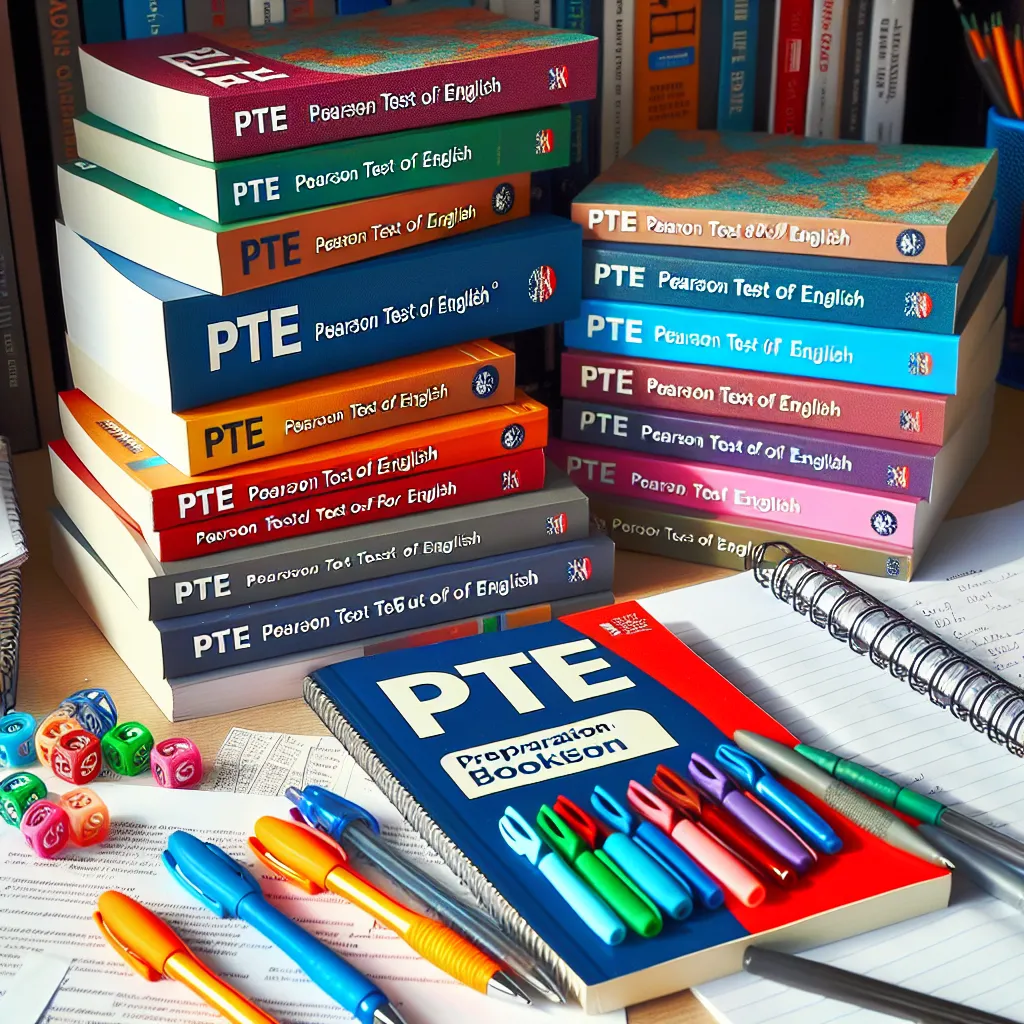Are you planning to study abroad or immigrate to an English-speaking country? If so, you’ve likely encountered two popular English language proficiency tests: the Pearson Test of English (PTE) and the International English Language Testing System (IELTS). Both exams are widely accepted by universities and immigration authorities worldwide, but they have distinct differences that may make one more suitable for you than the other. In this comprehensive guide, we’ll explore the key factors to consider when deciding between PTE and IELTS.
 PTE vs IELTS Comparison Chart
PTE vs IELTS Comparison Chart
Understanding PTE and IELTS
Before diving into the comparison, let’s briefly introduce both exams:
PTE Academic
The Pearson Test of English Academic is a computer-based exam that assesses your English language skills for academic purposes. It’s known for its quick results and use of artificial intelligence in scoring.
IELTS Academic
The International English Language Testing System is available in both paper-based and computer-based formats. It’s one of the most widely recognized English proficiency tests globally.
Key Differences Between PTE and IELTS
1. Test Format and Duration
PTE:
- Entirely computer-based
- 3 hours long, taken in a single session
- Includes 20 different question types
IELTS:
- Available in paper-based and computer-based formats
- 2 hours and 45 minutes for Listening, Reading, and Writing; Speaking test scheduled separately
- Consists of 4 distinct sections: Listening, Reading, Writing, and Speaking
2. Scoring System
PTE:
- Scores range from 10 to 90 in one-point increments
- Results typically available within 5 business days
IELTS:
- Scores range from 0 to 9 in 0.5 band increments
- Results usually available in 13 days for paper-based and 5-7 days for computer-based tests
3. Speaking Test
PTE:
- Conducted via computer with a microphone
- No human examiner present
- Responses are recorded and later evaluated
IELTS:
- Face-to-face interview with a certified examiner
- More interactive and conversational
4. Writing Test
PTE:
- Includes summarizing written text and essay writing
- Typed responses
IELTS:
- Two tasks: describing visual information and essay writing
- Handwritten for paper-based test, typed for computer-based test
5. Reading and Listening
PTE:
- Integrated skills assessment
- Some questions test multiple skills simultaneously
IELTS:
- Separate sections for Reading and Listening
- More traditional question formats
Factors to Consider When Choosing Between PTE and IELTS
1. Personal Strengths and Preferences
Consider your comfort level with technology and your preferred test-taking environment. If you’re tech-savvy and perform well in computer-based exams, PTE might be more suitable. If you prefer a more traditional test format or excel in face-to-face communication, IELTS could be the better choice.
2. Target Scores and University Requirements
Research the specific score requirements for your target universities or immigration programs. Some institutions may have a preference for one test over the other, or they may accept both equally.
3. Test Availability and Location
Check the availability of test centers and dates in your area. PTE may have fewer test centers but often offers more flexible scheduling. IELTS is widely available but may have less frequent test dates in some locations.
4. Preparation Time and Resources
Assess the preparation materials and courses available for each test. Both exams have a wealth of resources, but you may find one test’s preparation style more aligned with your learning preferences.
5. Retake Policies
Consider the retake policies if you think you might need to improve your score. PTE allows you to retake the test after 5 days, while IELTS requires a minimum 3-week wait between tests.
Tips for Success in Either Exam
Regardless of which test you choose, here are some general tips to help you succeed:
- Start preparing early and create a study schedule
- Familiarize yourself with the test format and question types
- Practice with official materials and mock tests
- Focus on improving your overall English skills, not just test-taking strategies
- Work on time management during practice sessions
- For IELTS, practice your handwriting if taking the paper-based test
- For PTE, ensure you’re comfortable with computer-based testing and speaking into a microphone
 Exam Preparation Study Session
Exam Preparation Study Session
Making Your Decision
Ultimately, the choice between PTE and IELTS depends on your individual circumstances, strengths, and goals. Consider taking practice tests for both exams to see which format you’re more comfortable with and which yields better results for you.
Remember that both tests are widely accepted and respected. The most important factor is to choose the exam that allows you to showcase your English language skills most effectively.
We encourage you to share your experiences or ask questions in the comments below. If you found this article helpful, you might also be interested in our other resources on English language test preparation and study abroad tips.




